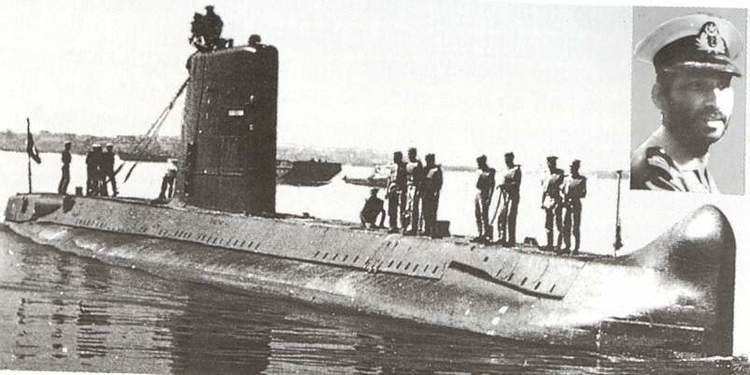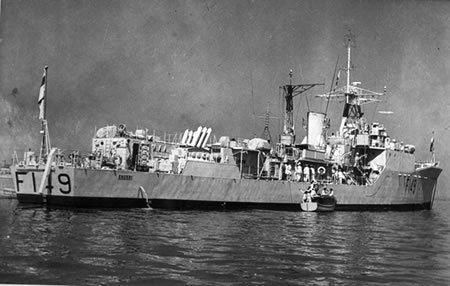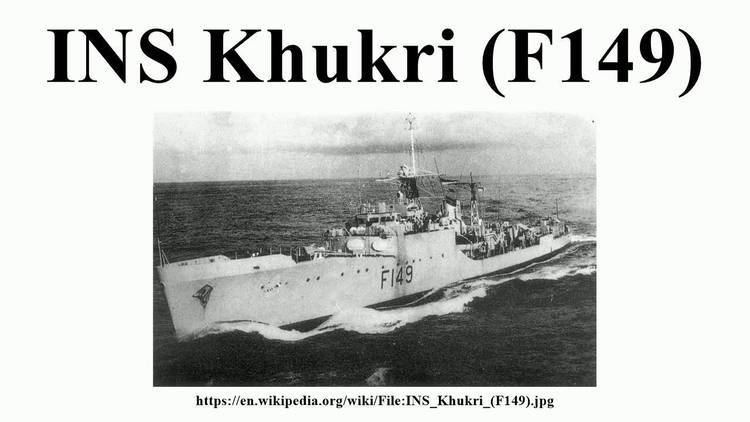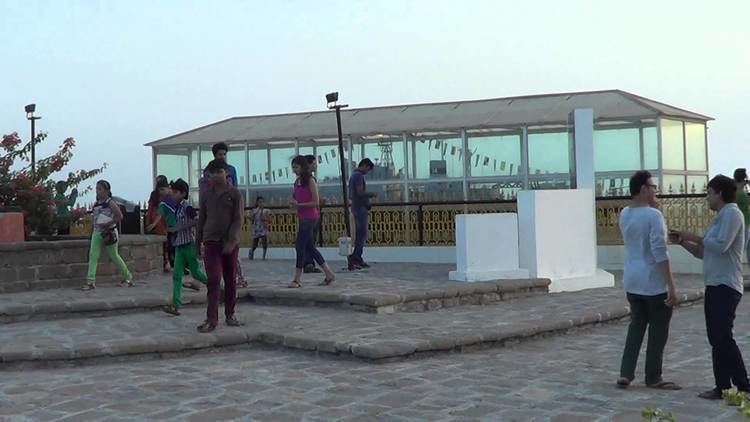Name INS Khukri Laid down 29 December 1955 Launched 20 November 1956 Draft 4.72 m | Namesake Khukri Commissioned 16 July 1958 Construction started 29 December 1955 Length 91 m Beam 10 m | |
Ins khukri f149
INS Khukri was a British Type 14 (Blackwood-class) frigate of the Indian Navy. She was sunk off the coast of Diu, Gujarat, India by the Pakistan Navy Daphné-class submarine Hangor on 9 December 1971 during the Indo-Pakistani War of 1971. This was the first warship sunk in action by a submarine since World War II. It remains the post-Independence Indian navy's only warship to be lost in war to date.
Contents

Incident

After the beginning of hostilities on 3 December 1971, Indian Naval radio detection equipment identified a submarine lurking about 35 miles (56 km) south-west of Diu harbour. The 14th Frigate Squadron of the Western Fleet was dispatched to destroy the submarine. It normally consisted five ships Khukri, Kirpan , Kalveti, Krishna and Kuthar, but at the time of the incident Kuthar's boiler room was being repaired in Bombay. One reason that may have prompted the decision to deploy two obsolete Blackwood-class frigates against a modern Daphne-class submarine was that the Indian Navy lacked sufficient numbers of anti-submarine aircraft.

In the early hours of 9 December, Hangor picked up two sonar contacts in the area. The sonar and radar transmissions identified them as warships but Hangor failed to intercept them and lost contact when the range increased.

The submarine sighted the squadron on the evening of 9 December. Khukri was still not aware of the submarine's presence and continued slowly on a steady course because she was testing an improved version of the 170/174 sonar, which required a slow speed to increase detection, despite the fact that moving on slow speed was against Indian anti-submarine doctrine. At 19:57 Hangor fired a homing torpedo on a sonar approach at Kirpan. The torpedo failed to explode and was detected by Kirpan which turned away and fired anti-submarine mortars. Khukri increased its speed and turned towards the submarine, which then fired a second torpedo directed at Khukri. The torpedo struck Khukri and exploded under its oil tanks. According to the Pakistani submarine captain, Commander Ahmed Tasnim, the ship sank within two minutes. Other sources claim that Khukri was struck by three torpedoes before going down.

After a few minutes, Kirpan turned back to attack Hangor with depth charges, as her anti-submarine mortars had broken down. Hangor then fired another torpedo at Kirpan before turning away. the torpedo struck Kirpan in the rear hull heavily damaging it while Hangor exited at maximum speed. Kirpan had to be towed with another ship, Katchal to bring it back to home'. Hangor patrolled the region for the next four days before returning safely to her berth.
Casualties
To date, Khukri is the only ship lost in combat in the history of the Indian Navy. Over 18 officers and 176 sailors were lost in the sinking. The captain, Mahendra Nath Mulla, chose to go down with the sinking ship. He refused to abandon ship, and passed his life-jacket to a junior officer. He has remained so far the only Indian captain to go down with a vessel. He was posthumously awarded India's second-highest military honour, the Maha Vir Chakra.
A memorial to the dead sailors exists at Diu. 20°42′10″N 70°58′37″E The memorial consists of a scale model of Khukri encased in a glass house, placed atop a hillock facing the sea. The memorial was inaugurated by Vice Admiral Madhvendra Singh as the flag officer commanding-in-chief.
Controversy
Responsibility for errors by Indian naval officers related to the sinking has caused some controversy. The naval officer who led the inquiry into the sinking, Benoy Bhushan, has claimed that India's official naval history invented fictional accounts to cover up bungling and a surviving sailor from the frigate, Chanchal Singh Gill, has called for an investigation and withdrawal of gallantry awards to negligent officers in the squadron.
